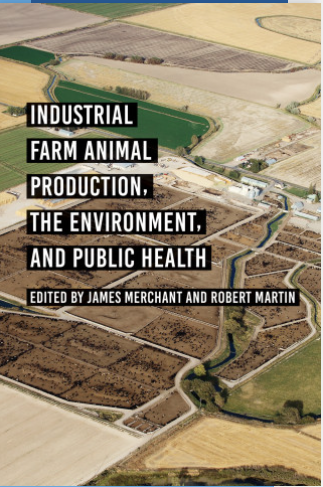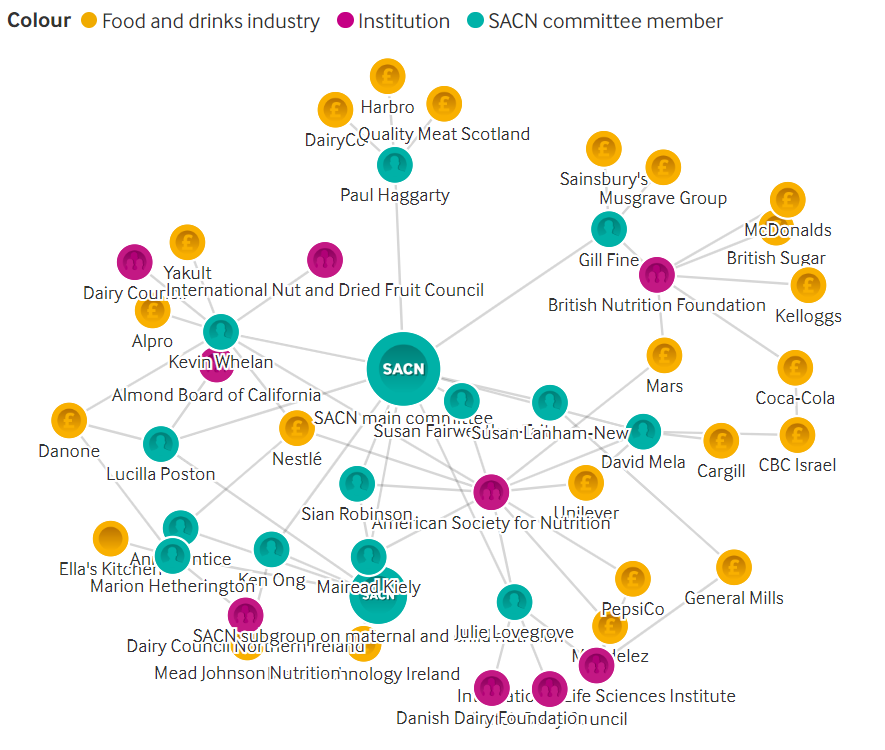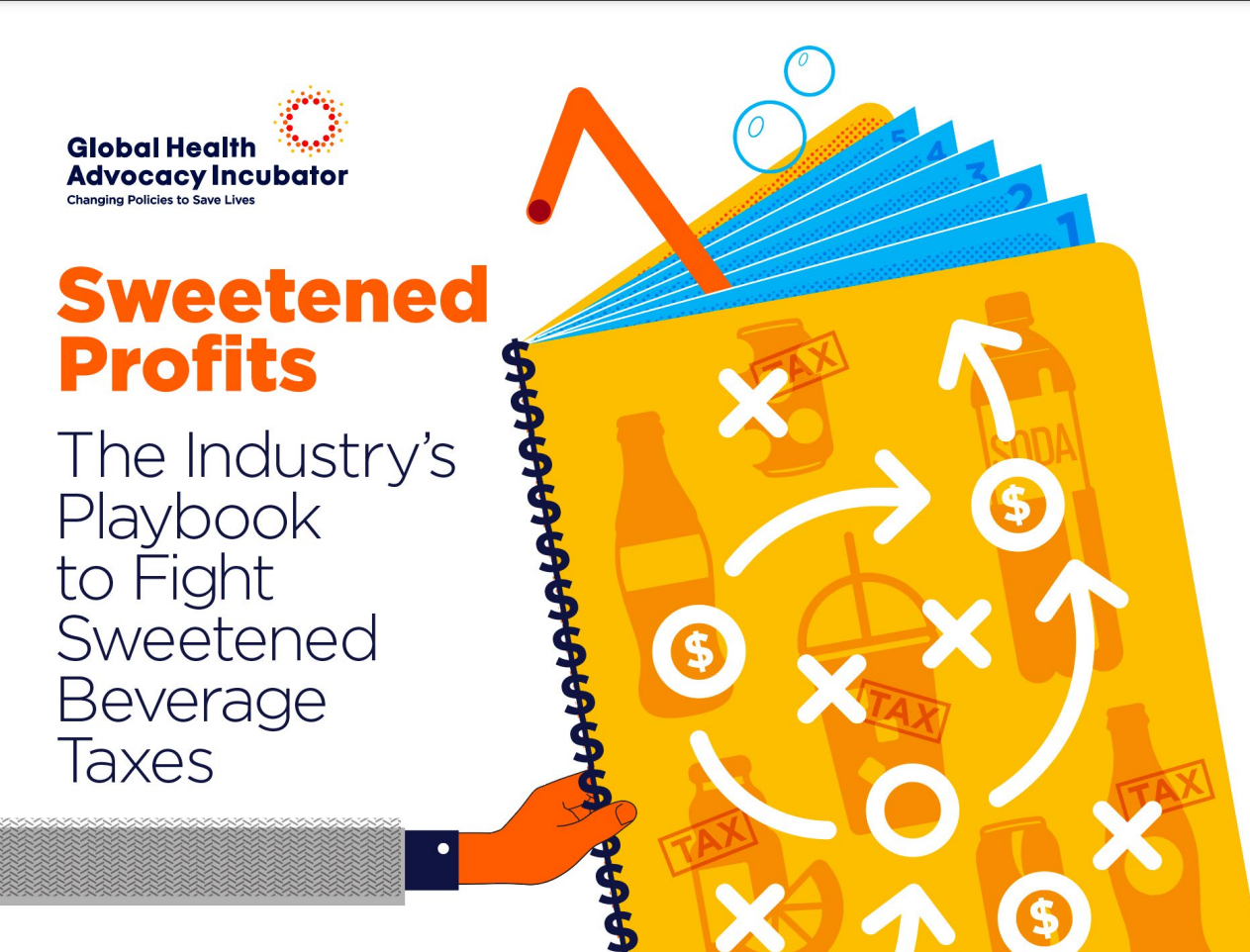Industry-funded study of the week: Krill oil
I read about this one in NutraIngredients. To its credit, it identified the funder right in the headline:
Krill oil may boost skin health measures, say two new RCTs from Aker BioMarine: Krill oil supplementation may strengthen skin barrier function and improves hydration and elasticity of the skin in healthy adults, according to data from two new pilot studies.
I went right to the study: Krill oil supplementation improves transepidermal water loss, hydration and elasticity of the skin in healthy adults: Results from two randomized, double-blind, placebo-controlled, dose-finding pilot studies. Katina Handeland PhD, Mike Wakeman MSc, MRPharmS, Lena Burri PhD. J Cosmetic Dermatology. https://doi.org/10.1111/jocd.16513
Purpose: to see whether krill oil, which contains omega-3 fatty acids, improves skin hydration and elasticity.
Methods: in two randomized, double-blind, placebo-controlled, pilot studies, participants consumed 1 or 2 g of krill oil or placebo daily. The outcomes were assessed at baseline, 6 and 12 weeks.
Results: the group supplemented with krill oil did better.
Conclusions: “Daily oral supplementation with 1 and 2 g of krill oil showed significant and dose-dependent improvements in skin TEWL, hydration, and elasticity compared to placebo that correlated with changes in the omega-3 index.
Conflicts of interest: “KH and LB are employees of Aker BioMarine Human Ingredients AS that has provided the krill and placebo oil and funded the study.”
Comment: Krill oil? That’s a new one for me. Krill are crustaceans, plankton, at the bottom of the marine food chain; they are a primary food source for baleen whales. I quickly found krill oil supplements to be widely available (“dynamic,” “antarctic,” “help to reduce heart disease, strokes, inflammation”) at impressive cost. Despite claims for a vast array of benefits, I’m dubious about the value of getting omega-3s from supplements. The manufacturer of these supplements did this study to back up another sales pitch. As I keep saying, these kinds of studies are primarily about marketing, not science.







